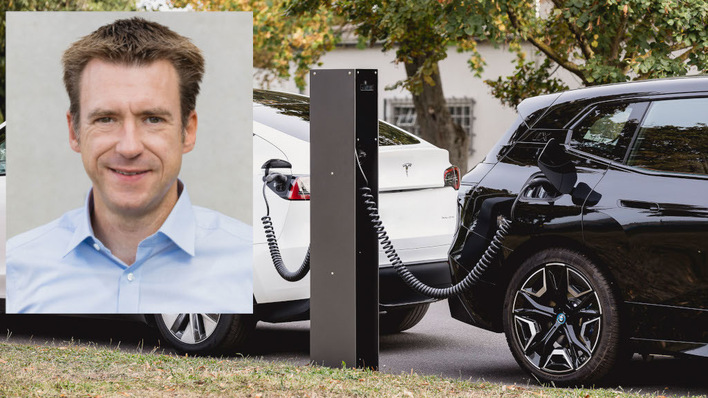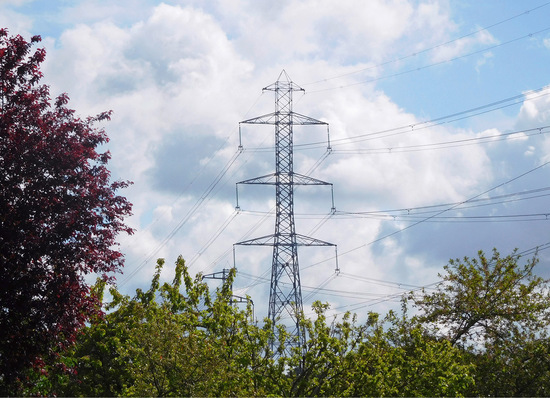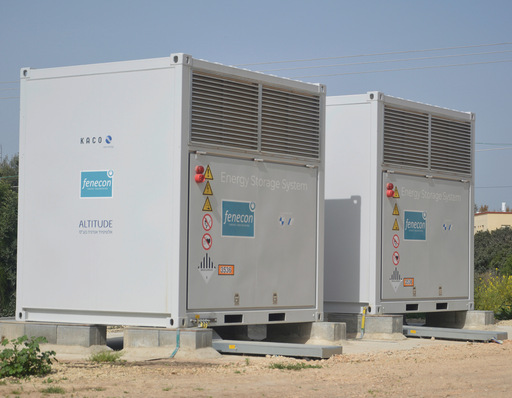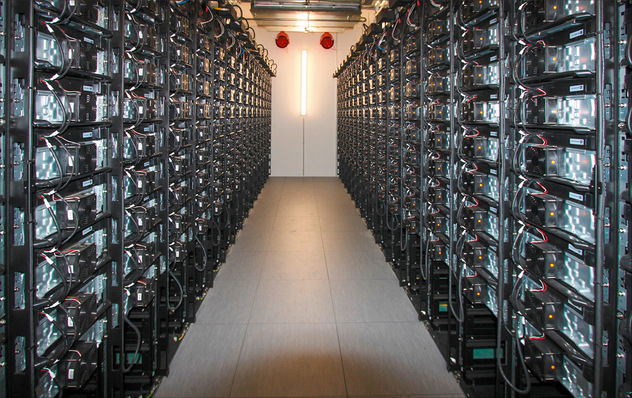Seit 25 Jahren scheitern Klimakonferenzen regelmässig an der Gretchenfrage, wer trägt die KOSTEN zur CO2-Reduktion, Industrieländer oder Entwicklungsländer oder beide? 25 Jahre Stillstand. Wir haben bei unseren Recherchen festgestellt, dass bereits diese Frage falsch gestellt ist: Es geht nicht mehr wie bisher um die Frage der Kosten, sondern mittlerweile sind Erneuerbare Energien weltweit günstiger als neue Konventionelle: Laut Bloomberg New Energy Finance liegt die Kilowattstunde neue „coal fired generation“ bei 7-10 cents (1), nach unseren Recherchen liegen dagegen Windenergie-Großprojekte oft schon bei 2,5-4,5 Cent und Rooftop-Solar bei überraschenden 1,7 Cents –fairerweise bei 25 Prozent Eigenverbrauch zu Grid-parity-Kosten (1). Wir haben daher den Begriff "extremely cheap renewables" geprägt, die uns heute erlauben, für Paris eine Klima-Profit-Strategie zu formulieren. Es geht nicht mehr um Kosten, die Welt kann heute von diesen "extremely cheap renewables" profitieren. Ein Paradigmenwechsel historischen Ausmasses (2).
Wir fordern daher weltweite „Ausbauziele für "extremely cheap renewables", 20% bis 2020 und 80 Prozent bis 2050 und alle Länder profitieren doppelt –wirtschaftlich günstiger und dazu CO2-frei. Politiker werden diese Klima-Profit-Strategie lieben, da sie Wählern weltweit einfach zu vermitteln ist: Ein Selbstläufer für Paris (2). Wer rechnen kann macht Energiewende – alle anderen zahlen ab jetzt weltweit drauf.
Dieses Ergebnis, diese Klima-Profit-Strategie haben wir jüngst mit Barbara Hendricks, Bundesumweltministerin und der deutschen Verhandlungdelegation in Paris konkret besprochen:
Hier sind unsere konkreten Kommentare zum Entwurf des Weltklimavertrages für Paris (3), jeweils gefettet: Mitigation (CO2-Reduktion) und Adaptation (Anpassungen an heißeres Klima) dominieren den Vertragsentwurf, die Lösung, „extremely cheap renewables“ wird mit keinem Wort direkt erwähnt. Daher haben wir in §2 PURPOSE das Ziel definiert [20 Prozent low cost renewables by 2020, 80 Prozent by [2050] worldwide]. Ebenso haben wir in §3 MITIGATION [and renewable energy implementation] eingefügt. Das ist eigentlich der wichtigste Punkt. Statt immer nur über Kosten zu reden, jetzt positiv herangehen: Ausbauziele extrem günstiger Erneuerbarer definieren – ein SELBSTLÄUFER für Paris.
Details amp; Zusammenfassung des Klimavertrages Zero Emission Think Tank (Änderungen in Fett).
A. DRAFT AGREEMENT
United Nations Framework Convention on Climate Change “the Convention”
Article 2 (PURPOSE)
1. a global response to the urgent threat of climate change, with a view to promoting the global transformation to low-emission societies and economies.
2. deep cuts in global greenhouse gas emissions are urgently required, with a view to reducing such emissions so as to hold the increase in the global average temperature [below 2 °C]
3. [low cost] renewable energies are available today, and ambitious targets for the worldwide implementation of [20% by 2020 and 80% by 2050] are urgently required, to drastically reduce global greenhouse gas emissions [by 2050].
Article 3 (MITIGATION)
1. Defines the [date] for the peaking of greenhouse gas emissions, and, defines 20% implementation of renewable energies by 2020 and 80% by [2050] to reach carbon neutrality.
2. The Parties (Countries) shall regularly communicate a nationally determined mitigation [and renewable energy implementation], that shall be progressively more ambitious, communicated every five years
7. There will be a public registry, with transparent and comparable standards
12. Developing countries are eligible for support in the implementation of mitigation and renewable energies
Article 4 (ADAPTATION)
1. adaptation is a challenge faced by all, with local, national, regional and international dimensions … to protect people, livelihoods and ecosystems.
2. the greater their mitigation efforts, the less adaptation will be needed.
9. Developing country Parties are eligible for support.
Article 5 (LOSS AND DAMAGE)
The plan is to address loss and damage associated with climate change impacts [Note: A Global Climate Change insurance may be planned for developing countries]
Article 6 (FINANCE)
1. Over time, all finance flows should promote the transformation to low-emission societies and economies.
2. Developed countries should take the lead and provide support to developing countries for both mitigation [, renewable energies implementation] and adaptation.
5. The climate fund shall be USD 100 billion per year from 2020 on.
8. Countries should strive to improve domestic enabling environments to attract low-emission and zero emission renewable energy investments for:
(b) international development assistance shall integrate climate considerations
(c) Reduce international support for high-emission and maladaptive investments;
(d) establish and/or join existing [cap amp;trade] carbon emissions markets and to levy carbon import taxes [beyond 2020] from non-conforming Parties]
12. Climate Finance talks to be held bienniall
Article 7 (TECHNOLOGY DEVELOPMENT AND TRANSFER)
1. technology is important for mitigation and adaptation
it is planned to improve enabling environments and address barriers.
2. adopt a technology framework to provide direction and guidance to the existing institutions
4. Developing country Parties are eligible for support.
Article 8 (CAPACITY-BUILDING)
1. Capacity-building, particularly for developing countries, means to identify, design and implement adaptation and mitigation actions; facilitate technology development and finance;
2. Capacity-building should be guided by lessons learned
An international capacity-building mechanism shall be established for the Countries
Article 9 (TRANSPARENCY)
1. Building a transparency system to ensure clarity and tracking of progress made in mitigation [and renewable energy implementation] and adaptation progress
Article 10 (GLOBAL STOCKTAKE)
first stocktaking in [2023] (“Inventur”)
Article 13 (SECRETARIAT)
a secretariat is established
Article 14 (SBSTA AND SBI)
The Subsidiary Body for Scientific and Technological Advice (SBSTA) and the Subsidiary Body for Implementation (SBI) are established
Referenzen
(1) Paris COP21 - ein Selbstläufer: extrem günstige Erneuerbare Energien! Rooftop-Solar mit 25% Eigenstromverbrauch in Spanien bei nur noch 1,7 cent, Windenergie Großprojekte bei wenigen cents. Kohlekraftwerke liegen laut Bloomberg New Energy Finance bei 7,2-10,5 $cents pro kWh (siehe Referenz im Artikel). Artikel von Zero Emission Think Tank auf let`s face it, www.zepface.it
(2) Ein Selbstläufer für Paris – die Klima-Profit-Strategie Statt über Kosten zu streiten, einfach Ausbauziele günstigerer Erneuerbarer definieren. Politisch weltweit einfach vermittelbar. Artikel von Zero Emission Think Tank auf let`s face it, www.zepface.it
(3) Teil 3 / COP21 – Klimavertrag kommentiert Im Weltklimavertrag Ausbauziele „extremely cheap RENEWABLES“ definieren, 20% bis 2020, 80% bis 2050 weltweit. Wer rechnen kann macht heute Energiewende, alle anderen zahlen heute weltweit drauf. Artikel von Zero Emission Think Tank auf let`s face it, www.zepface.it







